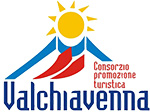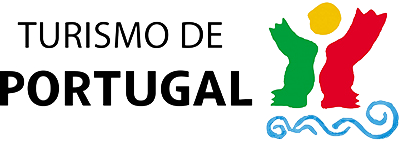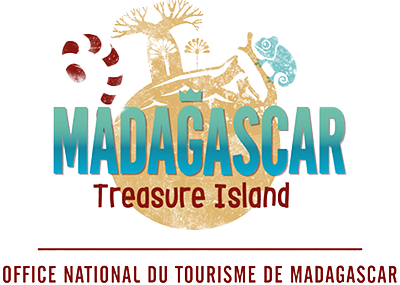PR & GO UP
Italy, the top choice for leisure exploration and slow travel
The Enit and Touring Club study on Italian trails and the associated tourism offering identified 100 routes covering a total of 30,000 km, with the ones most visible to potential users being analyzed, i.e. those with dedicated tourist websites, totaling 63.
The research, carried out in collaboration with Ipsos, emphasizes hiking tourism, an itinerant form of tourism, predominantly on foot in generally rural or mountainous contexts for naturalistic, religious/spiritual, or mental and physical well-being reasons.
- 76% of the sites list the services/conventions available along the route, provide GPX tracks, and describe the attractions of the areas
- 75% of the sites issue credentials/testimonium
- 73% of the sites link to a social media channel (with Facebook in first place, followed by Instagram and then YouTube)
- 70% of the sites offer official guides or printed or downloadable informational materials;
- 52% of the sites are multilingual (with English always included)
- 35% of the sites offer the purchase of packages/excursions
- 25% of the sites provide an alert service to inform walkers about the conditions of the route
The study also reports the results of a demoscopic survey conducted between August 15 and September 15, 2023, on representative samples of the Italian population (1,000 cases), French, English, and German (500 cases per country).
Great attention was paid to slow tourism (walking and cycling): in Italy, about 3.6 million practitioners were estimated (those who have already experienced this type of tourism and would like to do it in the future), in France 4.8 million, 5.6 in Germany, and 7.1 in the United Kingdom. For all these markets, the preferred country for a slow vacation is always Italy. The regions chosen by the Italians see Trentino-South Tyrol in first place (followed by Tuscany, Umbria, and Sicily), the French and the English choose Sicily (and in second place Tuscany) and the Germans choose Tuscany, followed by Sicily.
Hiking tourism (on foot only) is also gaining market shares, and in Italy, 2.7 million practitioners were finally estimated, in France 4.5 million, 4.6 in Germany, and 5.4 in the United Kingdom.
“Slow tourism represents a fast-growing segment that also promotes sustainability, especially in terms of deseasonalization, decongestion of flows, and creation of new job opportunities. Moreover, it is a way of traveling that aligns well with enogastronomy, a well-known identity factor worldwide and with a very strong attraction power for both Italian and foreign tourists. Systematizing the trails as a tourist product, with their specific identities and uniformity, is one of the challenges that the government sets itself in the tourism field. Religious paths – for which we have allocated an additional 15 million in the last budget law, for a total of over 19 –, then, represent a precious opportunity in view of the Jubilee 2025, which will see over 30 million tourists arriving in the capital alone. This event is an opportunity we must be ready to manage. On the other hand, we all have to work together – ministry, regions and trail managers – establishing a roadmap of interventions in terms of practicability, signposting, ancillary services and targeted communication campaigns” states Tourism Minister Daniela Santanchè.
“The importance of developing tourism linked to trails lies in the fact that this form of tourism offers a unique, enriching, and sustainable experience both for travelers and local communities. Trails are a cultural and spiritual heritage of invaluable value and allow for the promotion of the conservation and enhancement of historical and cultural routes.
Trails represent ancient communication routes that have played a fundamental role in the history of local populations. Through well-managed tourism, it is possible to preserve and protect these routes, ensuring the conservation of the cultural and historical heritage of the involved regions. An economic development opportunity for local communities. Visitors traveling the trails need services such as accommodations, restaurants, tourist guides, and transport. This demand creates a series of job opportunities for locals, thus contributing to the improvement of the economic conditions of the involved communities. Moreover, tourism linked to trails can encourage the emergence of artisanal and local production activities, allowing communities to enhance their traditions and resources,” comments Ivana Jelinic, President and CEO of Enit.
“This research on hiking tourism, which the Italian Touring Club hopes to update in the coming years by expanding the number of trails analyzed, allows us to become increasingly aware of the importance of this type of tourism, relatively young for our country, but which has had a strong boost since the pandemic when, to a consolidated nucleus of practitioners, many other people were added, driven by the need for contact with nature and the desire to discover Italy from a different perspectives. The research activity and the recent ‘Trails and Routes’ certification represent TCI’s concrete commitment to increasingly sustainable tourism,” declares Giulio Lattanzi, General Director of the Italian Touring Club.

















